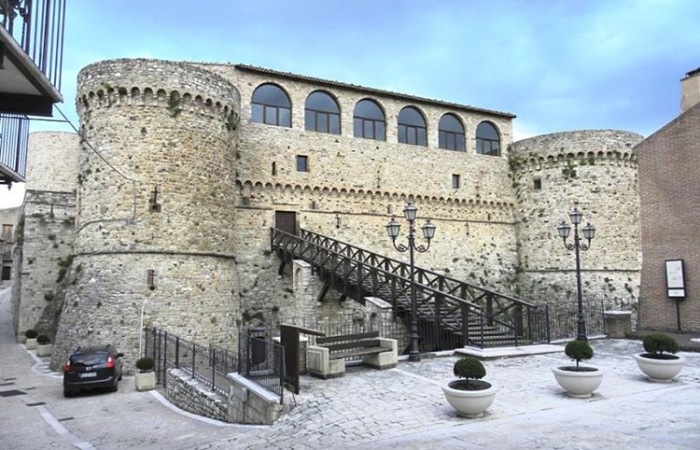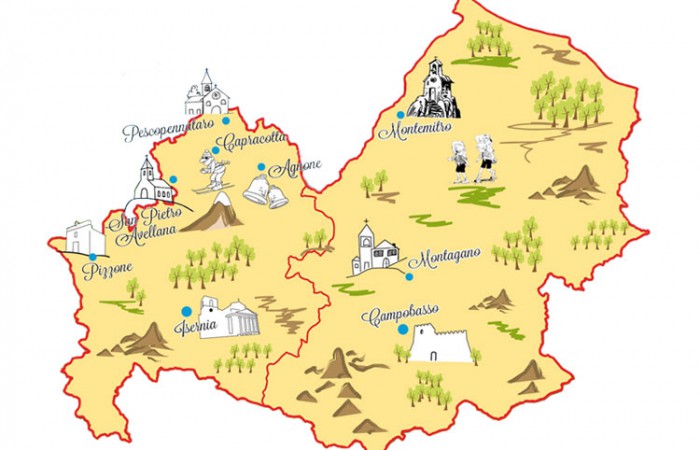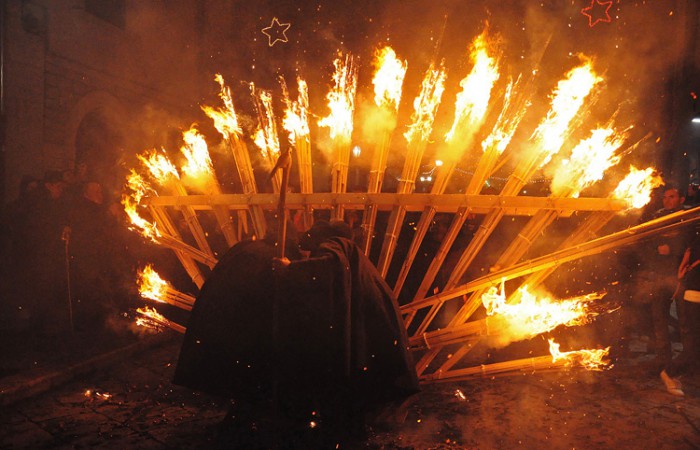 Manufacturing has always been an essential part of Molise’s economy. Jobs still in use today include the manufacturing of bagpipes (zampogne) of Scapoli, the lace pillow (merletto a tombolo), the knives of Frosolone, and the bells of Agnone.
Manufacturing has always been an essential part of Molise’s economy. Jobs still in use today include the manufacturing of bagpipes (zampogne) of Scapoli, the lace pillow (merletto a tombolo), the knives of Frosolone, and the bells of Agnone.
A musical instrument symbolizing pastoral civilization, the zampogna originated in Scapoli, and is still used today in exhibitions and festivals.
One of the oldest centers of lacemaking bobbin that history can remember, are Flanders, still renowned for tissue processing, and the city of Isernia.
Isernia since the XV century continued the tradition, especially thanks to the convent of Santa Maria delle Monache.
This activity became a huge job in the “Kingdom of Napoli” until the beginning of the 900s, in which many Isernian woman gathered in the alleys of the city, patiently weaving the threads on the cushion of support (called ball), making bobbin lace an element of social life as well as art.
The art of forge, which takes its roots from the VI century, allowed Frosolone to develop a flourishing trade of metals. The prestige of Frosolone grew with the Bourbon Kingdom, when western Italy was meant to become an industrial district, and survived even to this day. This shows the excellence and quality in metal-working (scissors, knives), evident in the metal-worker’s knowledge of their trade.
For over a thousand years, the art of making bells have made Agnone one of the major centers known and recognized for this type of manufacturing. The longest-lasting site, and the only one to have survived today, is the Fonderia Marinelli, which from the last century boasts the Stemma Pontificio, an award given by Pope Pio XI after providing the most prestigious cults of Christianity with bronze bells.
https://aroundmolise.cn/en/discovery/ancient-jobs.html#sigProId285ec922cf













